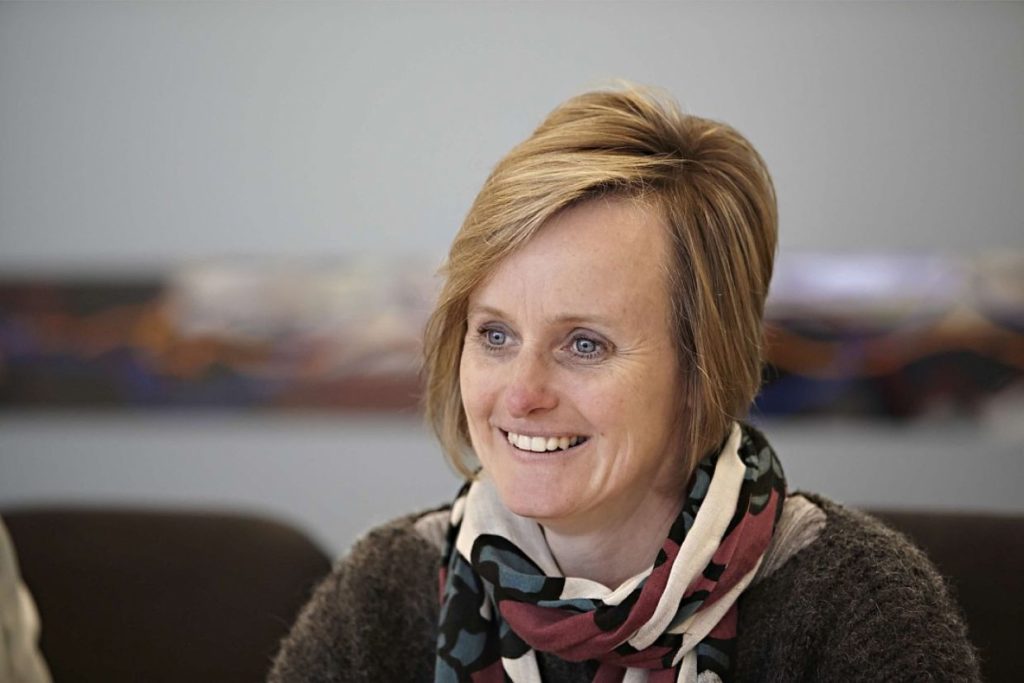Group leader Susie Nilsson now a Professor

Congratulations go to ARMI group leader, Susie Nilsson, who recently became a Professor.
In what has been a personal goal for some time, Susie’s ascension to the role of Professor highlights her belief that you can find a happy balance between a career and family life as a scientist.
In an industry that can be difficult for scientists raising a family, Susie is an example that you can be a scientist and also wears other hats.
While she is extremely passionate about her work, stating, “I got into science, and specifically medical research, as I believed that the work we did could make a difference in people’s lives,” she also speaks fondly of the life away from ARMI.
“Outside the lab I am interested in keeping fit, which I do by refereeing basketball and going for runs with my son. I enjoy gardening, renovating my house and spending time with my pet rabbit, Smudge.”

Professor Nilsson’s personal life may not seem astonishing – but the very fact she can indulge in her favourite past time of “sharing a good glass of wine and a cheese board with my family,” is in itself extraordinary when you realise that she is a highly regarded scientist, a research group leader, and now a Professor. Talk about balance.
Although Professor Nilsson is proud of her recent accolade, she is aware that her recent accomplishment would have not been possible without the hard work and support of all the members of her research team.
The Nilsson Group
Susie works with an enthusiastic team that focuses on understanding haemopoietic stem cells (HSC). HSCs, which are located in the bone marrow and are responsible for creating billions of new blood cells each day.
The primary focus of the group’s research is to identify the environment where blood stem cells reside. They also want to examine both the blood stem cells and their surrounding microenvironment at a cellular and molecular level.
Furthering our understanding of healthy and diseased blood cells could lead to better prevention, clinical diagnosis and treatment. An example of this is improving bone marrow transplant outcomes for patients with leukaemia by being able to provide a better cell product and promote the generation of new healthy blood cells, while ensuring residual leukaemic cells are irradiated.
It’s an incredibly important area of research that could potentially have significant clinical applications. In fact, Susie’s research goal is to see her work make a difference.
“I would like to see something that I have worked on make it into the clinic. To see research I have been involved in make a difference to people’s lives,” Susie said.
We would also love to see Susie reach her research goal, but for now, let’s acknowledge her for achieving a terrific milestone in her career – congratulations Professor Susie Nilsson.
